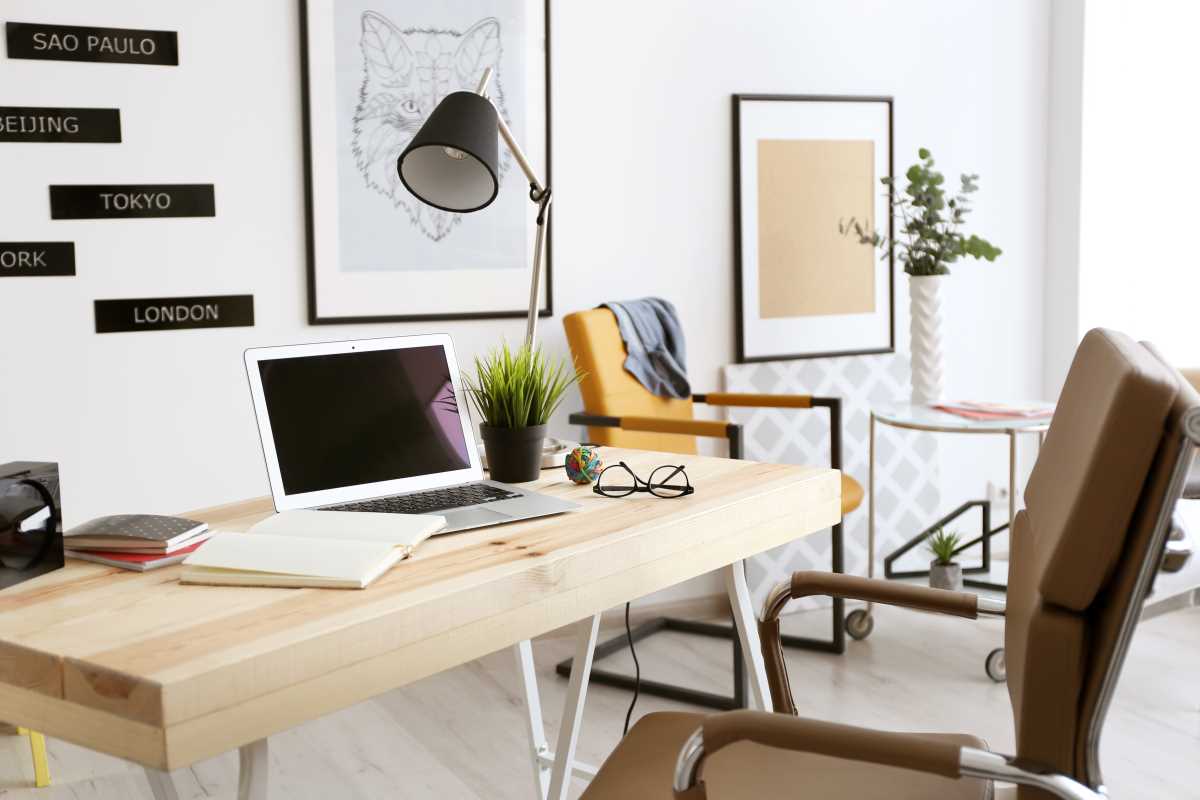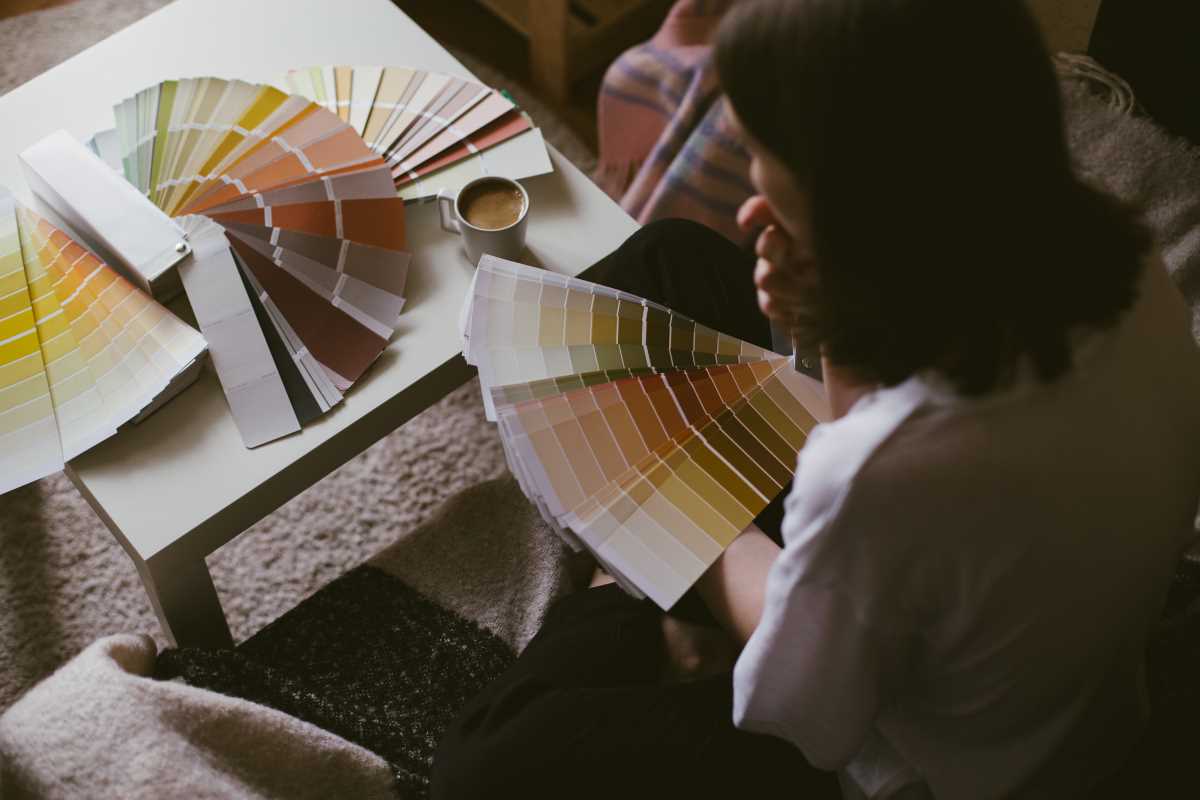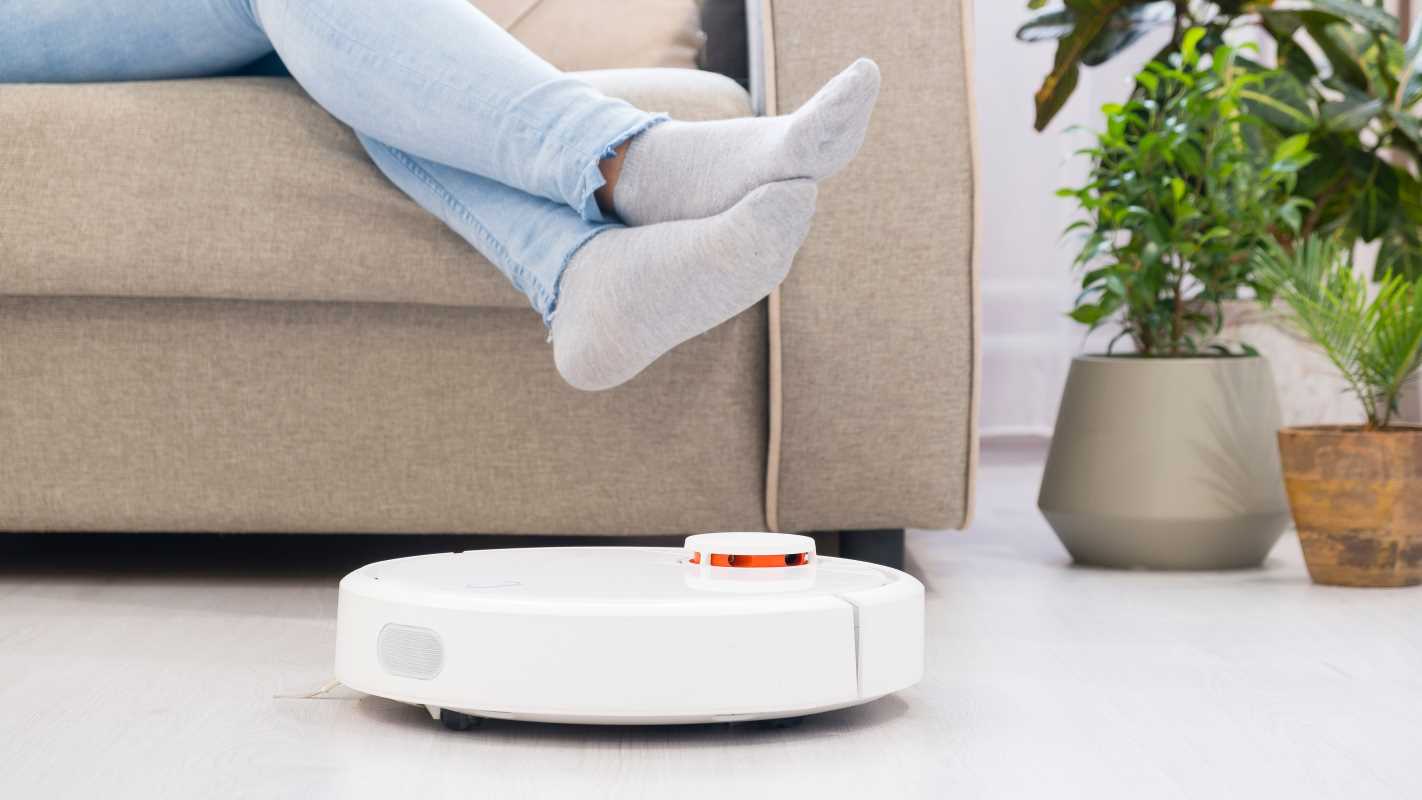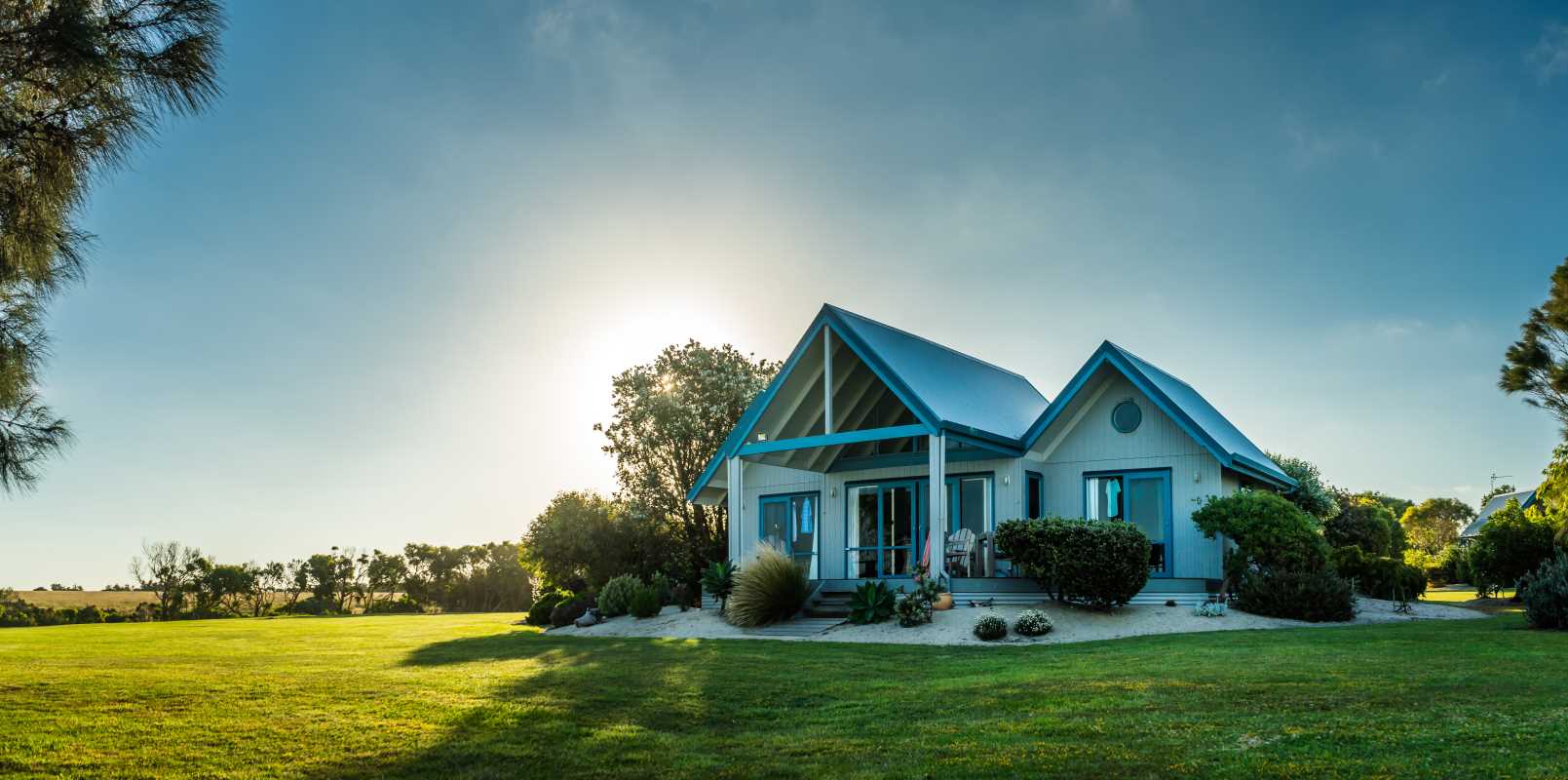The home office has evolved from a temporary pandemic solution to a permanent fixture in modern work life, with remote and hybrid work arrangements continuing to dominate the professional landscape in 2025. As companies embrace flexible work policies and employees discover the benefits of working from home, the demand for thoughtfully designed home office spaces has reached new heights. Today's home offices must serve multiple functions beyond basic work tasks—they need to inspire creativity, support productivity, promote wellness, and reflect personal style while maintaining professional appeal for video calls and virtual meetings. The challenge lies in creating spaces that seamlessly blend functionality with comfort, allowing workers to perform at their best while feeling genuinely at home. Design trends for 2025 reflect this evolution, emphasizing solutions that maximize small spaces, integrate cutting-edge technology, and prioritize both physical and mental well-being. Whether you're converting a spare bedroom, carving out space in a living area, or designing a dedicated office, these emerging trends offer fresh approaches to creating workspaces that enhance both productivity and quality of life in our increasingly connected world.
Ergonomic Furniture Takes Center Stage
The shift toward long-term home office use has made ergonomic furniture essential rather than optional, with designers focusing on pieces that support health and productivity during extended work sessions. Adjustable standing desks have become standard equipment, allowing users to alternate between sitting and standing throughout the day to reduce back strain and improve circulation.
High-quality ergonomic chairs now feature advanced adjustment mechanisms that accommodate different body types and work styles. These chairs include lumbar support systems, adjustable armrests, and breathable materials that prevent discomfort during long work sessions. The investment in proper seating pays dividends in reduced fatigue and increased focus.
Monitor arms and laptop stands have gained popularity as essential ergonomic accessories that position screens at optimal viewing heights, reducing neck strain and improving posture. These adjustable solutions work particularly well in multi-functional spaces where the same area serves different purposes throughout the day.
Footrests and keyboard trays complete the ergonomic setup, ensuring that every aspect of the workspace supports proper body alignment. These accessories are especially important for people of different heights who share workspace areas or those working with non-adjustable furniture.
Biophilic Design Brings Nature Indoors
The integration of natural elements into home office design has emerged as a major trend, with biophilic design principles helping to reduce stress and increase creativity in work environments. Living plants serve as natural air purifiers while adding color and life to sterile office spaces, with low-maintenance options like snake plants and pothos becoming popular choices.
Natural lighting takes priority in office layout decisions, with workspaces positioned near windows whenever possible to maximize daylight exposure. This positioning helps regulate circadian rhythms and reduces eye strain associated with artificial lighting throughout the day.
Wood elements in furniture and decor create warm, organic atmospheres that counterbalance the digital nature of modern work. Bamboo desks, reclaimed wood shelving, and wooden accent pieces add texture and natural beauty while supporting sustainable design practices.
Water features like small fountains or desktop water gardens introduce calming sounds that mask distracting household noises while creating peaceful work environments. These elements help establish clear psychological boundaries between work and home life.
Smart Technology Integration
Home offices are becoming increasingly connected, with smart technology integration streamlining workflows and enhancing productivity. Wireless charging stations built into desks eliminate cord clutter while keeping devices powered throughout the workday, creating cleaner and more organized workspaces.
Voice-activated assistants help manage schedules, set reminders, and control other smart devices without interrupting workflow or requiring hands-on interaction. These systems are particularly valuable during video calls when manual device control might be disruptive.
Smart lighting systems adjust color temperature and brightness automatically based on time of day and work tasks, supporting natural circadian rhythms while reducing eye strain. These systems can simulate natural daylight patterns even in spaces without adequate windows.
Cable management solutions have evolved beyond simple cord organizers to include built-in charging stations, hidden power outlets, and routing systems that maintain clean desk surfaces while providing easy access to necessary connections.
Multi-Functional Space Solutions
As home offices compete with other household needs for space, multi-functional design solutions help maximize utility in limited square footage. Murphy desks fold against walls when not in use, transforming office spaces into guest rooms or exercise areas within minutes.
Modular furniture systems adapt to changing needs throughout the day, with pieces that serve as storage, seating, and work surfaces depending on configuration. These flexible solutions work particularly well in studio apartments or shared living spaces.
Room dividers create visual separation between work and living areas without requiring permanent walls, using bookcases, curtains, or folding screens to establish psychological boundaries that help maintain work-life balance.
Storage ottomans and bench seating provide comfortable seating for video calls while hiding office supplies, paperwork, and equipment when the workspace needs to return to its alternate function.
Sustainable Materials and Practices
Environmental consciousness influences home office design choices, with sustainable materials becoming standard rather than specialty options. Recycled plastic furniture offers durability and weather resistance while supporting environmental goals, particularly for outdoor office spaces or sunroom conversions.
Reclaimed wood furniture adds character and history to office spaces while reducing demand for new lumber. These pieces often feature unique grain patterns and weathering that create interesting focal points in otherwise modern spaces.
Energy-efficient LED lighting reduces electricity consumption while providing better light quality than traditional bulbs, with many options offering adjustable color temperatures that support different work activities throughout the day.
Low-VOC paints and finishes improve indoor air quality while reducing environmental impact, creating healthier work environments that support long-term productivity and well-being.
Wellness-Focused Design Elements
Mental and physical wellness considerations drive many 2025 home office design decisions, with spaces designed to support both productivity and personal well-being. Meditation corners or quiet zones provide spaces for stress relief and mental reset during busy workdays.
Air purification systems go beyond decorative plants to include mechanical filtration that removes pollutants and allergens, creating cleaner work environments that support respiratory health and cognitive function.
Aromatherapy integration through essential oil diffusers or scented candles creates pleasant work environments while potentially improving focus and reducing stress through carefully chosen scents.
Exercise equipment integration allows for quick workouts or stretching sessions without leaving the office area, supporting physical health and providing mental breaks that can improve afternoon productivity.
 (Image via
(Image via





